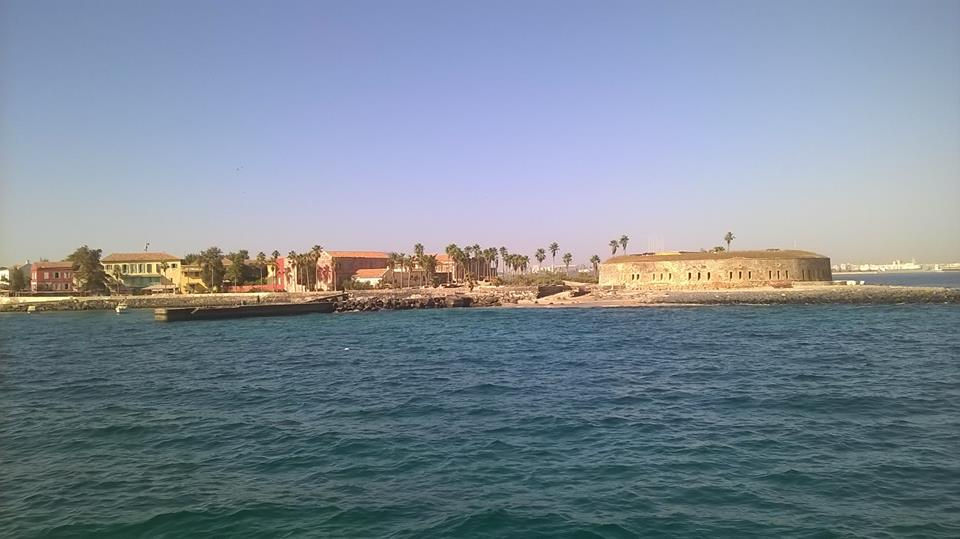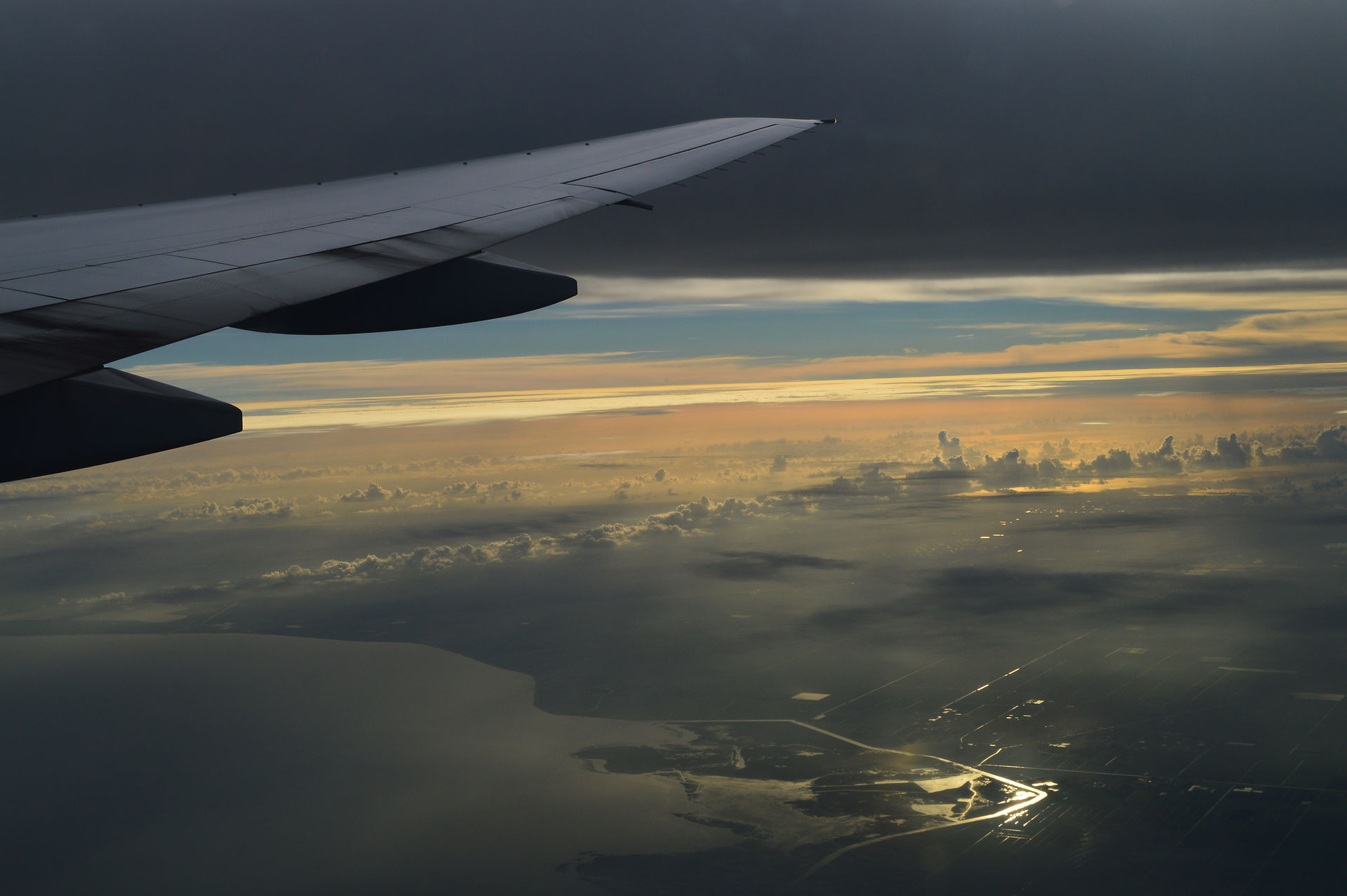Gorée Island, understanding European colonization and the slavery route between Africa and America /
- By Gaia
- 31 de jan. de 2016
- 5 min de leitura

Gorée Island is located outside of the city of Dakar, reachable by a ferry boat, called “chaloupe” 20 minutes away from the Senegalese capital (Ask the taxi- the most common means of transportation in Dakar- for the “Gare Maritime de Dakar”).
It is truly one of the most wonderful experience you can have while enjoying your West African trip.
Once you reach the island, the very first impression could be similar to approaching the city of Salvador de Bahia in Brazil, for the colored colonial houses surrounding the port. Your first stop would be the House of Slaves. The museum is the true place where slaves were brought and were “prepared” before their “voyage sans retour” -trip with no turning back- to forcedly work in the sugar cane, the coffee and the cocoa plantations in Brazil, in the Caribbean islands and in the fields of the United States.
While listening to a free guided explanation of the open cells, you can see the spaces that hosted women, men and children. Each person was required to reach a minimum weight of 60 kg before departing across the Atlantic Ocean, and if the weight was not met, people would stay in a cell called “hapte temporaire”- temporary space and were fed until the weight was considered good; moreover, if they were not obeying and following the rules, they were put in the “cellule des recalcitrants”- the cell of the rebels- where they would stay until they did not change their minds. The period of stay approximately lasted 3 months before their forced labor started.
The “commerce du crime” – the crime trade- lasted four centuries, from the XVI to the XIX century, “selling humanity” a total of 12-15 million people. Slavery was abolished in the French colonies in 1794,restablished between 1802 and 1814, and completely abolished in 1848.
The second stop of the visit would be the Cathedral St-Charles Borromée, the first Senegalese church, built on April 11 1828, and where Pope John Paul II went and asked for forgiveness for the slavery trait during the colonial times.
An enjoyable walking tour starts then in front of some handcrafts open shops, where women sell jewelries, bracelets and collars. Trekking up the hill of “Castel”, you can discover much of the art of the island, colorful African masterpieces and sculptures, along with musical instruments and sellers willing to talk to you. A wondrous jewelry of the island are the “tableaux de sable”- paintings done with different kinds of sand and glue. Simply beautiful. Once you reach the top of the island through the Castel, you can sit down and enjoy the view of the island, and see Dakar across the ocean. On top of the hill there is the memorial Gorée-Almadies, a white modern sculpture shaped as a sailing boat, designed by Italian architect Ottavio di Blasi, that symbolizes the African Diaspora spread around the world and that recalls all the people who were brought to the “New World”, in one of the major “forced exodus” in the history of humanity.
Up in the Castel there is also a Mosque, the only one in the island. The church and the mosque symbolize the peaceful coexistence of the religion in the country.
You can also visit the historical museum, with the history of the island. At the end of the visit, you can sip a refreshing drink and swim in the ocean while waiting to get back on the boat.
Gorée Island is a UNESCO World Heritage site since 1978.
To strengthen the link Brazil-Senegal, the Brazilian singer Gilberto Gil dedicated a song to the island, titled “la lune de Gorée”, the moon of Gorée, enjoy the song J Link to the song; https://www.youtube.com/watch?v=6Vy1ZM6MzKk

A Ilha de Gorée está localizada fora da cidade de Dakar, e é possível chegar até ela por um ferry boat, chamado em francés “chaloupe”. São 20 minutos de viagem a partir da capital senegalêsa.
É verdadeiramente uma das mais maravilhosas experiências que você pode ter durante a sua viagem na Africa do Oeste.
Quando chegar à ilha, sua primeira impressão pode ser similar a chegada em Salvador da Bahia no Brasil, por causa das casas coloniais coloridas ao redor do porto. O seu primeiro ponto de visita deveria ser a Casa dos escravos. O museu é o verdadeiro lugar onde os escravos foram levados e foram “preparados” antes da “voyage sans retour”- a viagem sem retorno- para o trabalho forçado nas plantaçõės de cana de açucar, de café, de cacau do Brasil, das ilhas do Caribe e dos campos dos Estados Unidos de America.

Enquanto você escuta uma explicação de graça sobre as celas abertas, você pode ver os espaços onde ficavam as mulheres, os homens e as crianças. Cada pessoa tinha que pesar um mínimo de 60 kg antes de iniciar a viagem pelo Oceano Atlantico, e, se o peso não era o suficiente, as pessoas ficavam em uma cela chamada “hapte temporaire”, um espaço temporario onde eles eram nutridos até atingirem o peso ideal para aguentarem a jornada; de forma adicional, se as pessoas não obedeciam e não queriam seguir as regras, eram colocados nas “cellule des recalcitrants”- as celas dos rebeldes, onde ficavam até se acalmarem. O periodo da permanência ali poderia ser de aproximadamente 3 meses antes do início do trabalho forçado.
O “commerce du crime”- o comercio do crime - durou 4 séculos, do seculo XVI até o século XIX, “vendendo a humanidade”, em um total de 12-15 milhões de pessoas. A escravidão foi abolida nas colonias francesas em 1794, depois establecida novamente entre 1802 e 1814, e completamente abolida em 1848.
Seu segundo ponto de visita pode ser a Igreja de Saint Charles-Borromée, a primeira igreja do Senegal, onde o Papa Juan Paulo II pediu perdão pelo tratamento aos escravos durante os tempos coloniais.
Uma caminhada agradável pode começar em frente das lojas de artesanato local, onde as mulheres vendem bijuterias, collares e pulseiras. Se fizer um trekking no alto da colina “Castel”, você pode descrobrir várias artes da ilha, coloridas obras Africanas e esculpturas, além de instrumentos musicais.
Prepare-se, pois todos os vendedores que querem falar com você. Uma maravilhosa joia da ilha são os “tableaux de sable”, as pinturas de areia, feitas com diferentes tipos de areia e cola. Simplesmente encantador. Uma vez que você chega no alto do Castel, pode sentar e apreciar a vista da ilha, e ver Dakar do outro lado do oceano. No alto da colina tem o Memorial Gorée- Almadies, uma escultura moderna de cor branca, parecida com um barco a vela e projetada pelo arquiteto italiano Ottavio di Blasi. Simboliza a diaspora Africana espalhada pelo mundo inteiro e lembra as pessoas que foram levadas no “Novo Mundo” em um dos maiores “exodos forçados” da historia da humanidade.
No alto da colina tem também uma mesquita, a única na ilha. A presença da mesquita e da igreja simbolizam a coexistencia pacifica das religiões no pais.
Você pode visitar também o museu histórico, que conta a história da ilha. E no final da visita, pode sentar e saborear uma bebida refrescante ou mergulhar no mar.
A ilha de Gorée é patrimonio mundial da UNESCO desde 1978.
Para reforçar a conexão entre o Brasil e o Senegal, o cantor Brasileiro Gilberto Gil dedicou uma musica a ilha de Gorée, intitulada “la lune de Gorée”- a lua de Gorée, disfrutem do J Link da musica; https://www.youtube.com/watch?v=6Vy1ZM6MzKk





Comments